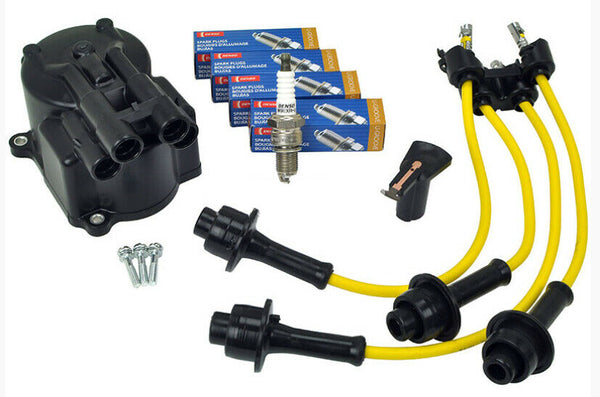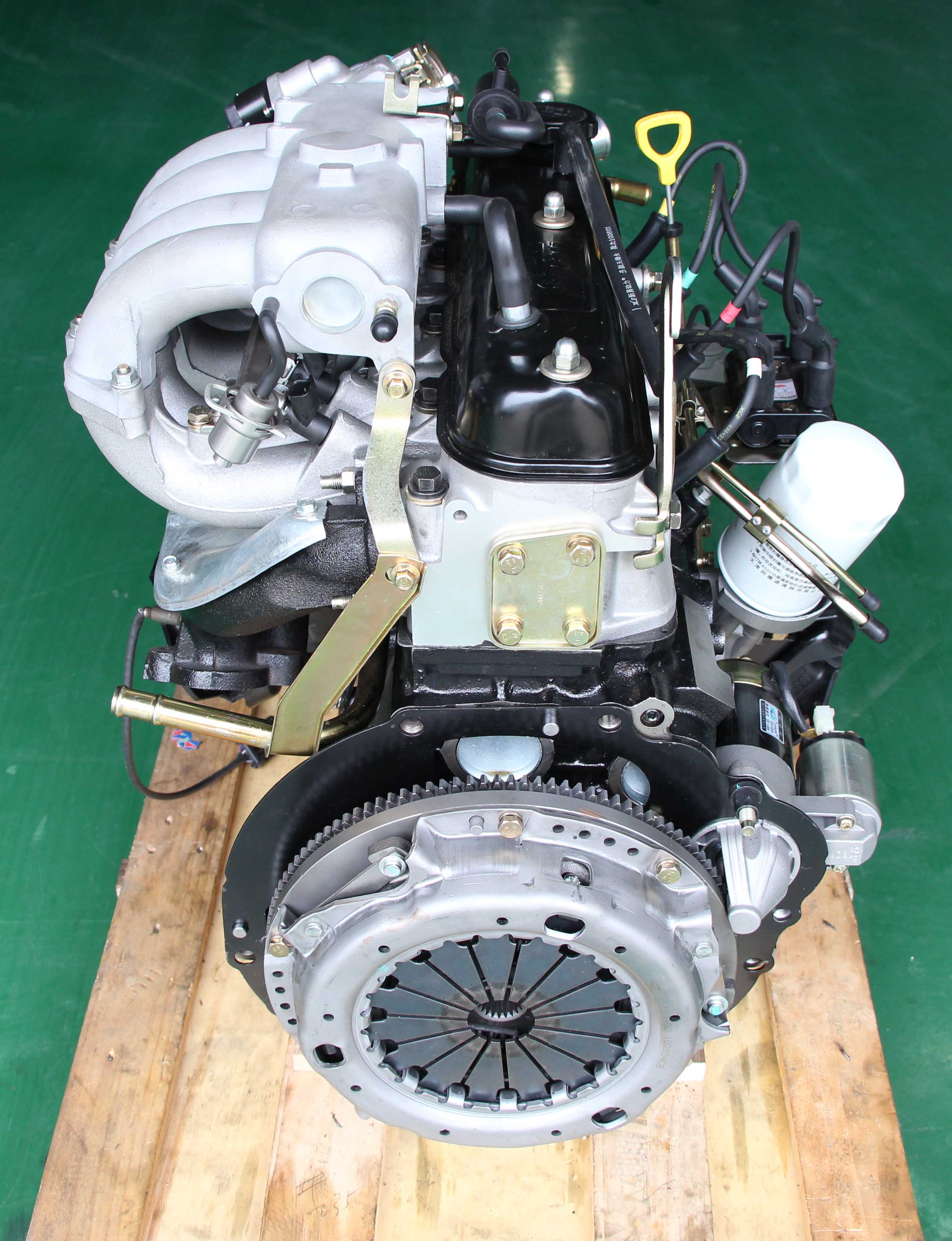The Advantages of Choosing a Vehicle Powered by the 4Y Engine
The Ultimate Guide to the Engine: Key Insights for Every Vehicle Enthusiast
Understanding the engine is fundamental for any kind of automotive lover, as it serves as the heart of the car and determines its efficiency. The intricacies of engine dynamics and the newest advancements in innovation present concerns that merit more expedition.
Makeup of an Engine
Recognizing the composition of an engine is critical for any auto fanatic aiming to delve much deeper right into vehicle auto mechanics. An internal burning engine largely consists of several crucial parts that operate in unison to convert fuel right into power.
At the heart of this system exists the cylinder block, which houses the cyndrical tubes where burning takes place. Piston motion within these cylinders is helped with by the crankshaft, which equates direct motion right into rotational energy. Additionally, the camshaft plays an important function in managing the opening and closing of the engine's shutoffs, guaranteeing appropriate air-fuel combination intake and exhaust gas expulsion.
Other crucial parts include the gas system, which supplies the engine with the needed gas, and the ignition system, in charge of initiating burning - 4y engine. The cooling and lubrication systems are likewise essential, keeping optimum operating temperature levels and decreasing friction, specifically
Engine Types and Configurations
A diverse range of engine kinds and configurations exists, each offering distinct benefits and disadvantages customized to various driving needs and choices. One of the most usual engine kinds consist of inline, V, level, and rotating arrangements.
Inline engines, including cylinders arranged in a solitary line, are known for their simpleness and performance. They are commonly found in portable automobiles, offering a balance of power and economic climate. V engines, characterized by their 2 financial institutions of cylinders arranged in a V shape, give greater efficiency and smoother operation, making them preferred in sports and deluxe cars.
Level engines, or fighter engines, have horizontally opposed cylinders, which add to a lower center of gravity, improving lorry stability. These are generally seen in brands like Subaru and Porsche.
Rotating engines, although much less usual, make use of an one-of-a-kind style with a triangular rotor and offer high power-to-weight proportions. They master light-weight and portable applications, largely seen in Mazda vehicles.
Each engine type serves particular efficiency characteristics, weight distributions, and fuel effectiveness, making certain that automobile enthusiasts can choose the appropriate engine setup to match their driving style and lorry requirements.

Just How Engines Work
Engines, despite their kind or arrangement, operate fundamental principles that control their performance and efficiency. At their core, engines convert fuel into mechanical energy through a collection of controlled explosions or compressions. This procedure normally entails 4 main strokes: intake, power, compression, and exhaust.
During the consumption stroke, the engine attracts in a blend of air and fuel. The compression stroke complies with, where the combination is compressed in the cyndrical tube, boosting its temperature and stress. In the power stroke, a spark stirs up the pressed mix (in fuel engines) or the mix fires up automatically (in diesel find out here engines), causing a fast growth of gases that presses the piston down. Finally, the exhaust stroke eliminates the spent gases from the cyndrical tube.
The efficiency of an engine is affected by various factors, consisting of the layout of the burning chamber, the kind of gas made use of, and the precision of the engine's parts. Understanding these essential principles is important for automobile fanatics that look for to appreciate the complex auto mechanics behind their lorries, as well as for those aiming to improve performance with adjustments and tuning.
Innovations in Engine Technology
In recent times, improvements in engine technology have considerably changed the auto landscape, enhancing both performance and environmental sustainability. One of one of the most notable technologies is the growth of turbocharging and supercharging, which allows smaller engines to create better power outputs without compromising gas efficiency. This has brought about a rise in the popularity of scaled down engines, offering makers with the capacity to meet rigorous exhausts guidelines while preserving find out here performance standards.
Additionally, hybrid and electric powertrains are improving the engine paradigm. Crossbreed systems integrate internal burning engines with electrical motors, maximizing gas consumption and minimizing discharges. Fully electric automobiles (EVs) remove the burning engine entirely, relying upon sophisticated battery innovation to supply instantaneous torque and remarkable velocity.
Furthermore, the combination of expert system and machine knowing in engine monitoring systems enables real-time optimization of efficiency parameters, boosting efficiency and responsiveness. Technologies such as variable shutoff timing and straight fuel shot even more fine-tune combustion procedures, maximizing power outcome while decreasing waste.
As the automobile market remains to develop, these technologies in engine modern technology will certainly play a critical role in forming the future of movement, prioritizing both efficiency and sustainability.
Maintenance Tips for Fanatics
Preserving an engine is as essential as the developments that improve its efficiency. Regular upkeep not only lengthens the life of your engine yet additionally guarantees optimal performance.
Check and replace air filters occasionally to ensure proper air movement, which is important for burning efficiency. A clogged air filter can result in reduced efficiency and raised gas intake. Check the coolant degrees to avoid overheating, and replace coolant according to the solution schedule. 4y engine.

Final Thought
Finally, a comprehensive understanding of engine makeup, kinds, and mechanics is crucial for automotive enthusiasts. The expedition of innovations such as turbocharging and crossbreed systems highlights the developments in efficiency and efficiency. Normal upkeep techniques, including oil modifications and air filter checks, are critical for ensuring optimal engine functionality and long life. Mastery of these concepts fosters a deeper gratitude for engine characteristics and enhances the overall driving experience.

Engines, regardless of their kind or arrangement, operate on fundamental principles that control their efficiency and performance. In the power stroke, a stimulate fires up the pressed combination (in fuel engines) or the mix ignites spontaneously (in diesel engines), resulting in a rapid expansion of gases that pushes the piston down.In current years, improvements in engine modern technology have actually considerably changed the automobile landscape, enhancing both efficiency and ecological sustainability.